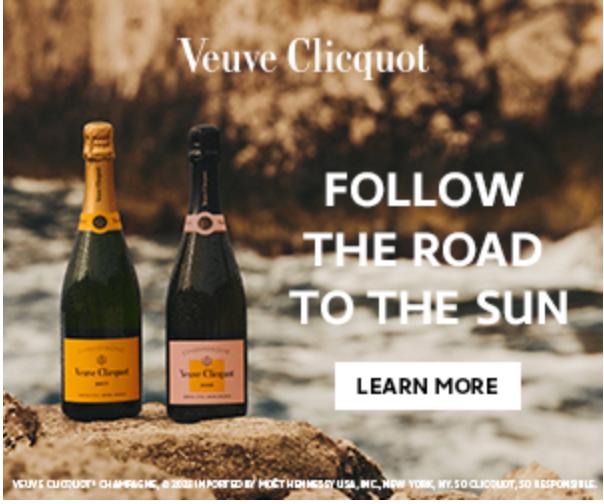Love, Gilda Director Lisa D’Apolito To Present Keynote At Gilda’s Club NYC Luncheon May 9
Lisa D’Apolito, filmmaker, director, and producer of acclaimed Gilda Radner documentary will be the featured speaker for Gilda’s Club NYC 11th Annual Celebrating Women luncheon, at the Metropolitan Club, Wednesday, May 9th .
D’Apolito became interested in Gilda through her work with Gilda’s Club, where she has been helping the nonprofit create short films for their events since 2010. Love, Gilda showcases the hilarious highs and tragic lows in an incredible life of the Saturday Night Live comedian, and one that echoed one of her most famous lines: It’s always something.
“I am honored to be the keynote speaker at Celebrating Women,”
states D’Apolito.
“Gilda Radner’s legacy is truly unique as she has not only inspired today’s comedians but she is an ongoing inspiration for people affected by cancer through the work done at Gilda’s Club.”
Related:
Co-Founder Jane Rosenthal Announces Tribeca Film Festival 2022 Season and key entry dates.
- Gerri Willis, anchor and correspondent of Fox Business Network, presented the 2017 luncheon keynote speaking of her own cancer experience and returns in 2018 as host.
- Celebrating Women honors exemplary women in the fields of healthcare and business.
- Honoree Michelle Freyre, President of U.S. Beauty, Johnson & Johnson Consumer Inc. is responsible for the company’s high-profile portfolio of Beauty brands including AVEENO®, CLEAN & CLEAR®, LUBRIDERM®, LE PETIT MARSELLAIS™, RoC®, ROGAINE® and NEUTROGENA®, the largest brand within Johnson & Johnson Consumer Inc. Freyre was recently named on the 2018 Fortune 50 Most Powerful Latinas in Business, as well as honored as a 2018 Working Mother of the Year by the She Runs It Organization.
- Honoree Alise Reicin, MD is the Senior Vice President and Head of Global Clinical Development for the biopharmaceutical business of Merck KGaA, Darmstadt, Germany and oversees Clinical Therapeutic Areas, Statistics, Evidence and Value Development, and Clinical Operations. Dr. Reicin has extensive early and late clinical development experience in a broad range of therapeutic areas including oncology and immunology.
Related:
Broadway’s Tony Nominated ‘For Colored Girls…’ Announces Extension to June 5



